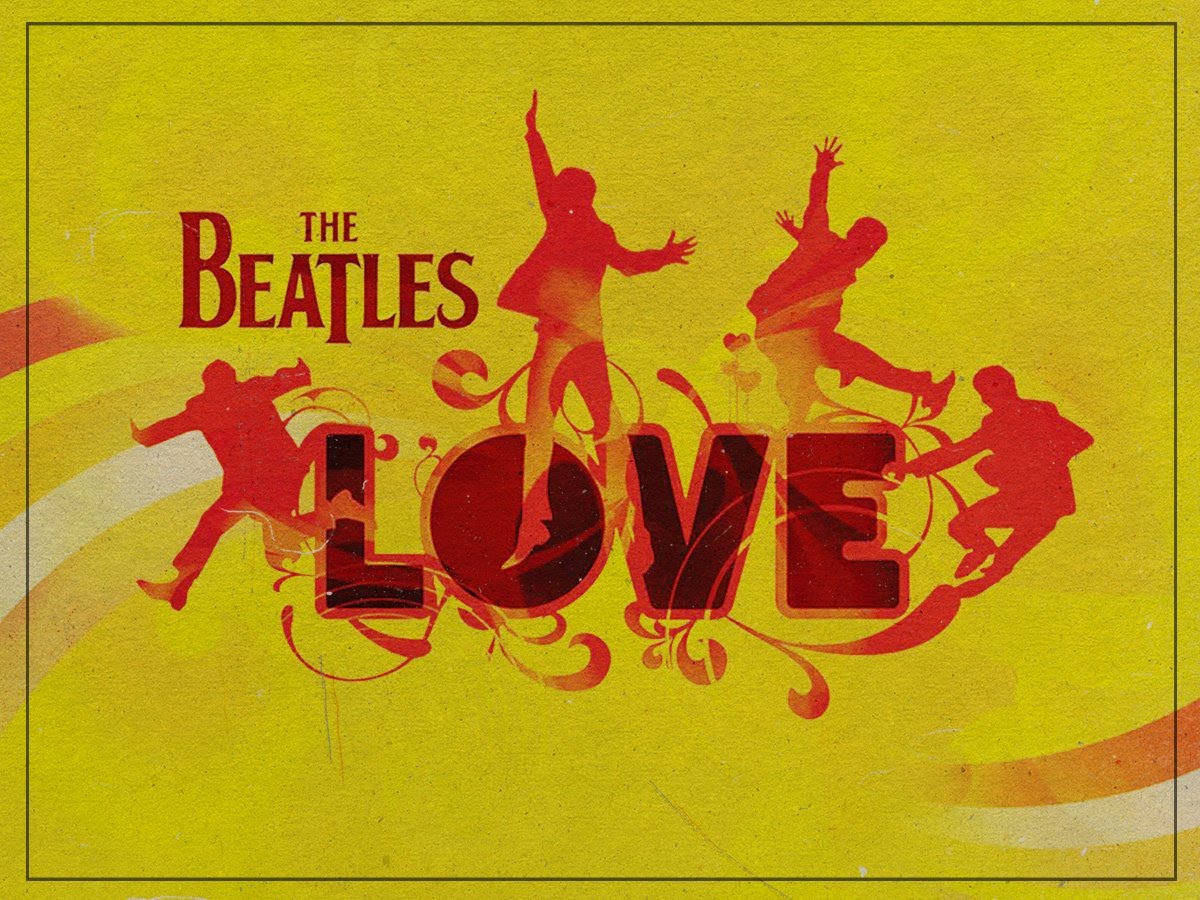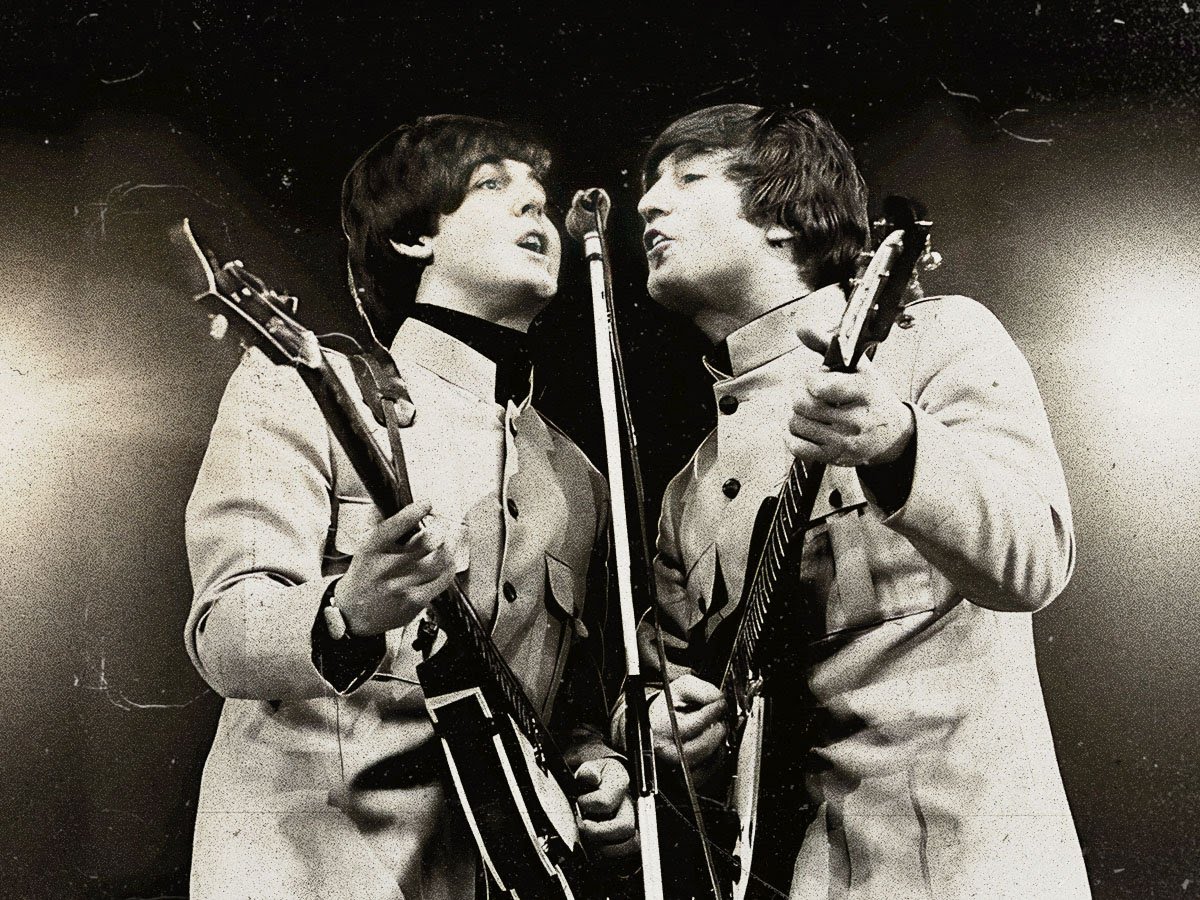By the time The Beatles had broken up in 1970, their music practically didn’t belong to them anymore. After bringing joy to countless rock fans through their music, the songs of the Fab Four felt a natural part of everyone’s daily lives, never mind just rock and roll. While every generation may have birthed a new breed of Beatles fans, the most inventive use of their music came in the 2000s with the announcement of the Love project.
Taking the basis of the Beatles’ discography for the Cirque de Soleil show of the same name, the accompanying album is one of the best reminders of how well the group’s songs worked in practically any context. Arranged by producer George Martin and his son, Giles, most of the album consists of different medleys of Beatles songs from across their career.
While most seasoned Beatles fans will remember the first time they did this with the excruciating ‘Stars on 45’, part of the appeal of Love is how well each track transitions into the other, deliberating feeling like a tapestry of sound rather than playing a bunch of Beatles songs for the hell of it. Though songs like ‘I Want To Hold Your Hand’ and ‘I Am The Walrus’ remained untouched from their original versions, the album’s greatest strength is the different arrangements brought to the songs.
Opening up with an acapella rendition of ‘Because’, fans are given a classic example of how well the band’s vocalists worked off each other, serving as an auditory pillow for the ears as listeners prepare to see the group’s story retold yet again. While the following songs may dwell on a particular track for most of its runtime, listeners often catch subtle throwbacks to their other masterpieces, like the drum solo on ‘The End’ setting up the driving rhythm of ‘Get Back’.
Even though some tracks are easy to stitch together due to similar tempos, the project’s ingenuity is taking entirely different songs and making them work in the proper context. While ‘Within You Without You’ and ‘Tomorrow Never Knows’ may have been two of the band’s greatest psychedelic moments, putting the vocals from the George Harrison classic opposite the latter’s backing track is a stroke of musical genius.
Rather than focus on a clear set of songs, Love puts the listener in a specific mood throughout its runtime. Compared to the tight track listing on other Beatles projects, there’s often a fluid sense of time running through the project, with the medley of ‘Blackbird’ and ‘Yesterday’ putting the listener in a serene frame of mind after unleashing hell with the medley of ‘Being For the Benefit of Mr. Kite’, ‘I Want You (She’s So Heavy)’, and ‘Helter Skelter’.
While most of the album’s tracks have gone through significant remixes, the song choices also boast how eclectic the band could be throughout their history. Despite only having a handful of tracks from their early period, what’s included here is a set of songs that run the gamut from heavy metal bombast, Eastern meditations, and beautiful ballads. Closing out on the predictable ‘All You Need is Love’, the final moments of the project are the perfect send-off, taking bits and pieces of banter the band got up to in the studio as the gentle orchestral swells of ‘Good Night’ bring everything to a standstill.
While an album like Love might exist as a nostalgic piece of art for those who lived through the early years of The Beatles, it also perfectly encapsulates what the group meant to millions worldwide. As the title would imply, The Beatles were meant to spread love through the world with their music, and with these remixes, fans get a kaleidoscopic look at the joy that the Fab Four brought to anyone fortunate enough to hear their music.



